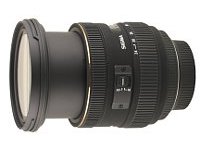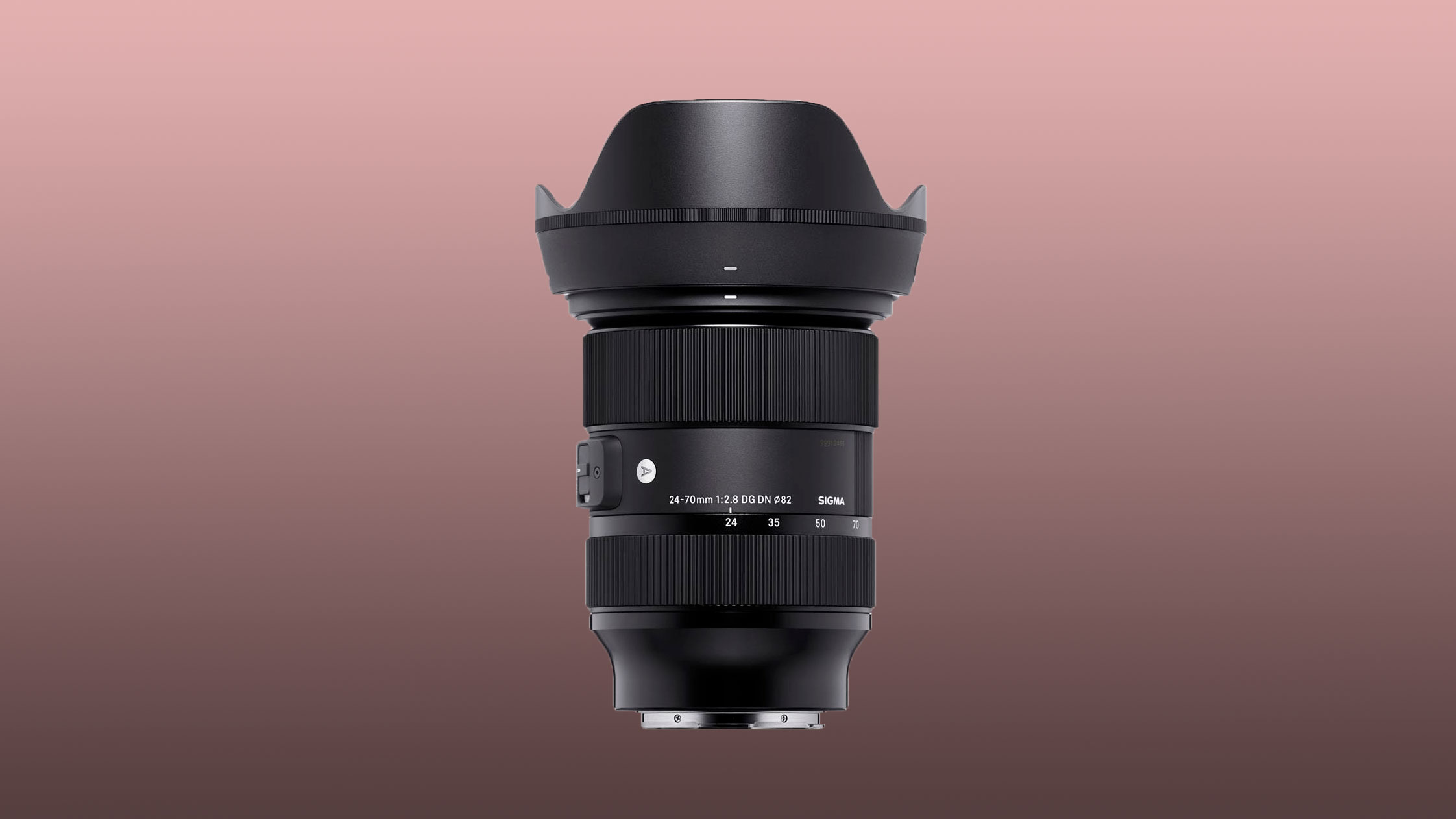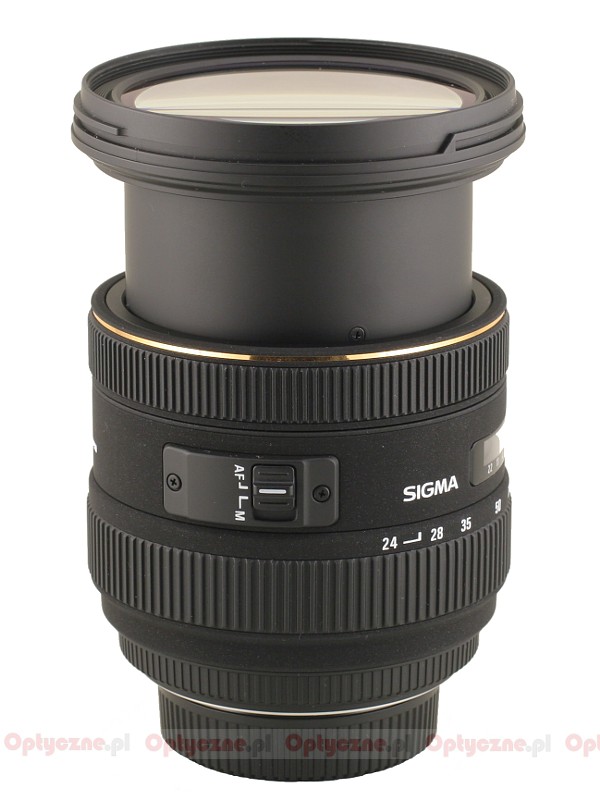


Read more: Sony FE 70-200mm f/2.8 GM OSS full review The 2-stop optical stabilizer is less effective than in most similar lenses, but its performance is boosted in later Sony cameras that add in-body stabilization into the equation. In our tests, autofocus speed proved slightly underwhelming compared with competing lenses in its class. Color fringing is minimal but distortion is a little worse than average for this type of lens. Image sharpness is very good indeed wide-open at f/2.8, throughout the entire zoom range, becoming excellent at f/4. Handling is particularly refined, with an autofocus range limiter, customisable focus hold buttons, and dual-mode stabilization for static and panning shots.Īll this translates into decent performance.
#Sigma 24 70 2.8 sony stabilization plus
There’s not one but two autofocus systems, incorporating a double linear motor plus an RDSSM (Ring Drive Super Sonic wave Motor), the latter being used for the heavier forward focus groups. The construction is fully weather-sealed and includes a fluorine coating on the front element. A feast of glass includes one double-sided XA (Extreme Aspherical) element, two other aspherical elements, four ED (Extra-low Dispersion) elements and two Super ED elements. The Sony FE 70-200mm f/2.8 G Master OSS is one seriously well-specced optic. Read our full Sony FE 50mm f/1.4 GM review. However, few which share quite the same size and weight, lightning-fast autofocus, and solid moisture-resistant construction that this lens offers. Unfortunately, the downside is the lens is expensive when compared to similar rivals, with much cheaper third-party glass out there that will achieve similar visual results.

If you don't need the extra aperture stop, or the added size, weight, or considerable cost of the FE 50mm f/1.2 GM, then the Sony FE 50mm f/1.4 will serve you perfectly. With only a small falloff towards the edges of the frame and some vignetting wide open, this lens gets almost full marks.

Impressively light and compact, but not compromising one bit on optical quality, this lens is almost perfect when it comes to sharpness in the center. (Google my LensRentals.The Sony FE 50mm f/1.4 is the lens that is most suited to most Sony shooters who love the versatility of the 50mm perspective, and this is definitely a lens that can be left on your camera almost all the time. But for particularly important shots, it is what I am forced to do. I have yet to come up with a radial gradient preset to correct this for any given lens, because it would be a very annoying task to try and match each scene based on the focal length and aperture. I've not seen the color shift get corrected in ACR, even with all in-camera corrections turned on and/or raw converter correction profiles turned on. In short, a SMALL amount of built-in correction is awesome, such as that with the Sigma 14-24 2.8 DN FE but any more than that, and the lens becomes nearly un-usable for certain things, namely astro-landscape photography. Also, the extreme distortion corrections make the corners very un-sharp, sometimes. It makes corners much more visibly noisy than the center of the image, even at base ISO, and it makes corners completely un-usable at high ISOs. It's not 100% fine, when you have extreme vignetting. On Canon / Nikon, whenever a new 5D or D7x0/D8x0 came out, everybody talked about how the colors weren't the same as their last camera.Ģ.) If you test different brands of cameras in two different raw converters, the biggest differences you'd see would be between the raw converters, not the camera brands.ģ.) If you shoot RAW+JPG, the difference between those same-image files will be bigger than the difference between two different brands of raw files.ģ.) If you have a template/ideal raw file in terms of "color science", then you can use HSL sliders, Calibration sliders, and RGB curves to pretty much perfectly match colors between different brands of cameras within the same raw converter.Ĥ.) Most people are very inexperienced at raw processing, and really should just shoot JPG. I've been reviewing cameras from all brands for 10+ years, and have been doing high-volume wedding post-production for 15+ years.ġ.) Every camera brand changes colors a bit, from camera to camera.


 0 kommentar(er)
0 kommentar(er)
